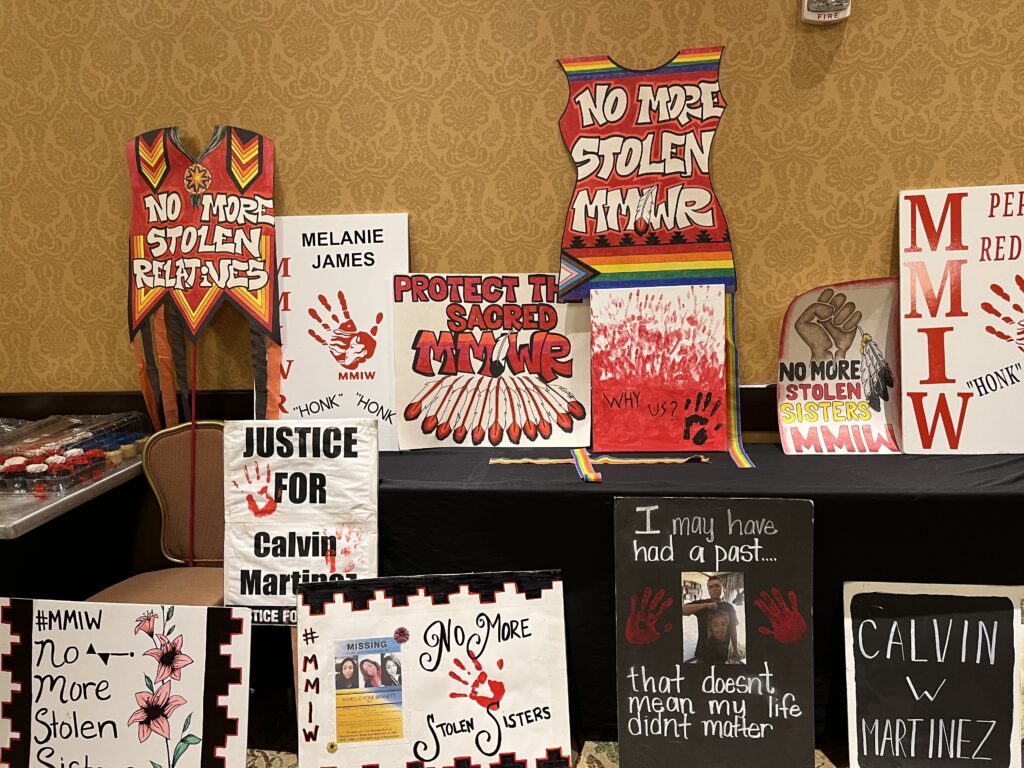The Girl with the Beach Towel
I had stopped for gas, and she was walking past on the other side of the street. It was only 10:00 in the morning, but already hot. She wore skimpy shorts and a skimpy top and had what looked like a big beach towel draped around her shoulders. My first thought was that she was on her way to a pool somewhere for a morning swim, but the neighborhood was semi-industrial and urban. Would there be a pool within walking distance, I mused? And her gait was a little off for a young woman on her way for morning exercise. Each step was slightly tentative. Maybe it was the flip flops she was wearing, I thought. Or she could be a little hung over, and I imagined a night of partying. Her expression was serious, preoccupied as if she were imagining herself somewhere else. The gas nozzle clicked off and I turned my attention to finishing the transaction and getting back on the road.
I was on my way to facilitate one of seven public hearings for the Not Invisible Act Commission, this one in Albuquerque, just down the road from Santa Fe. For three days the commissioners and staff heard from those who wanted to share their stories, highlight injustices and gaps in services, plead their cases, and make suggestions for how the system could work better to address the epidemic of murdered, missing and human trafficked Indigenous people (MMHTIP). There were boxes of Kleenex on every table. The walls were lined with home made placards and posters. Family members and survivors wore red to symbolize the blood shed in this slaughter. The testimony was unbelievably powerful, heart- and gut-wrenching, and often shocking. These witnesses were courageous. They told very personal and painful stories in order to bring attention to the wrongs happening every day in Indian country. Most of the stories reflect the hopelessness and helplessness victims and family members experience when a loved one is lost or murdered.
(more…) Read More
